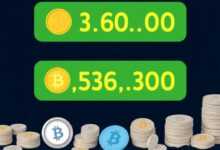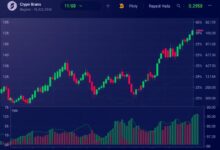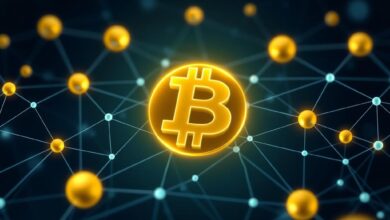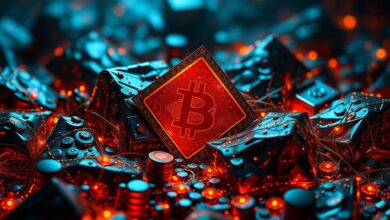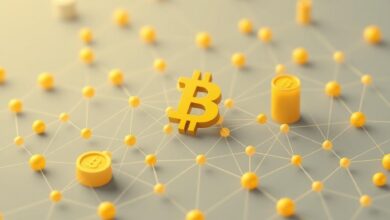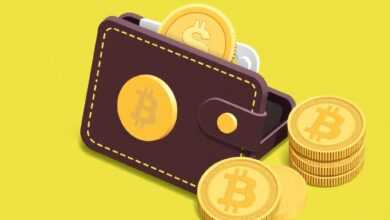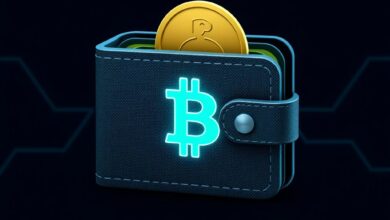NFTs explained – how they work and why they matter
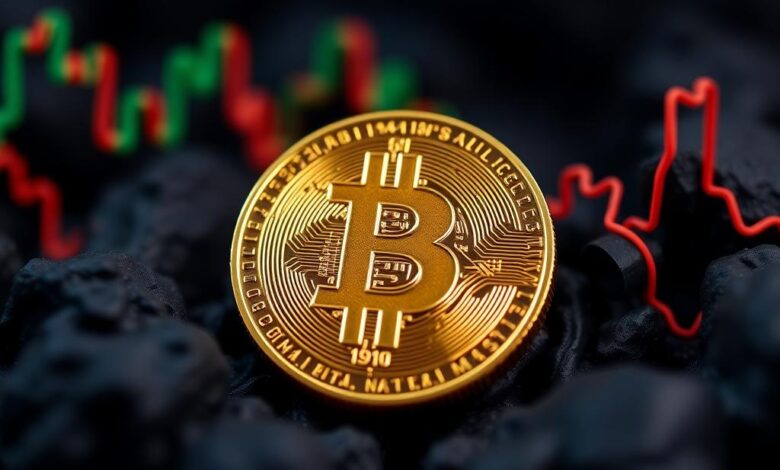
Investing in non-fungible tokens can be a lucrative venture for those willing to understand the underlying mechanics. These digital assets, often associated with digital art, provide unique ownership verified through blockchain technology. Unlike traditional cryptocurrencies such as Bitcoin or Ethereum, non-fungible tokens are indivisible and unique, making them ideal for collectors and investors seeking rarity.
The emergence of crypto-based platforms has revolutionized how artists and creators monetize their work. By tokenizing art pieces, creators gain direct access to a global market while retaining control over their intellectual property. This shift not only empowers artists but also fosters a new wave of innovation in the creative industries.
To effectively engage with this market, one must grasp concepts such as minting, gas fees, and marketplaces dedicated to non-fungible tokens. Additionally, understanding trends within the crypto space can enhance decision-making processes when acquiring these digital collectibles. Embrace knowledge about key projects and community sentiment to navigate potential risks and rewards in this evolving landscape.
NFTs: Understanding Mechanisms and Impacts
To grasp the essence of non-fungible tokens, focus on their unique identification and ownership tracking capabilities within blockchain technology. Each token is distinctly coded, ensuring no two are alike, which is crucial for verifying authenticity in digital art transactions.
Utilize platforms like OpenSea or Rarible to explore how creators mint these assets. The process involves uploading a digital file–be it artwork, music, or collectibles–and generating a token that represents ownership. Smart contracts execute transactions securely and transparently, empowering artists while providing buyers with verifiable proof of ownership.
Consider the significance of scarcity in valuation. Limited editions or one-of-a-kind pieces tend to attract higher prices. Artists can also program royalties into their tokens, ensuring they earn a percentage from future sales, thereby creating ongoing revenue streams.
The crypto market’s volatility affects pricing strategies; thus, staying informed about trends and community sentiments is imperative for potential investors. Engaging with online communities can offer insights into emerging artists and projects that may appreciate over time.
Lastly, the environmental concerns tied to blockchain operations should not be overlooked. Seek eco-friendly alternatives such as Ethereum 2.0 or Tezos that aim to reduce energy consumption associated with minting and trading these digital assets.
Understanding NFT Technology
Utilize blockchain to create unique digital collectibles. This technology ensures ownership verification and authenticity, making it ideal for artists and creators. Each token is distinct and cannot be replicated, providing a secure method for trading crypto assets.
The Ethereum network remains the most popular platform for minting these tokens, enabling artists to showcase their digital art while retaining royalties on future sales. Smart contracts facilitate automated transactions, ensuring that creators receive compensation without intermediaries.
Investors should focus on rarity and demand when selecting collectibles. Analyzing market trends will help in identifying valuable pieces within the vast array of digital art available. Keep an eye on upcoming projects or renowned artists entering the space for potential investment opportunities.
Engage with communities on platforms like Discord and Twitter to stay informed about new releases and trending collections. Building relationships with other collectors can lead to advantageous exchanges and insights into market dynamics.
In summary, leveraging blockchain technology not only empowers creators but also enhances the value proposition of digital collectibles within the crypto sphere. Understanding the mechanics behind this innovation positions investors to make informed decisions in a rapidly evolving marketplace.
Creating Your First NFT
Choose a blockchain platform such as Ethereum, Binance Smart Chain, or Flow to mint your digital art. Each platform has its own set of tools and marketplaces for selling collectibles.
Use a wallet that supports crypto transactions. MetaMask is a popular choice due to its compatibility with various platforms. Ensure you have sufficient funds in your wallet to cover gas fees associated with creating the token.
Select an NFT marketplace like OpenSea, Rarible, or Mintable. These platforms allow creators to list their works for sale and interact with buyers. Familiarize yourself with the interface and features offered by your chosen marketplace.
Create your digital artwork using software such as Adobe Illustrator, Procreate, or Blender. Ensure the file format is compatible (JPEG, PNG, GIF) and meets the resolution requirements of the platform.
Minting involves uploading your artwork to the marketplace and filling out details such as title, description, and royalties. Once completed, confirm the transaction in your wallet to finalize the creation process.
After minting, list your collectible for sale. Set a competitive price based on similar items within the market. Share it across social media channels to attract potential buyers.
This succinct approach will help you navigate through creating your first unique item in this innovative space of digital assets.
Buying and Selling Digital Assets
To successfully engage in the acquisition or sale of digital collectibles, focus on these key strategies:
- Choose the Right Marketplace: Select platforms like OpenSea, Rarible, or Foundation that align with your interests in digital art or crypto assets. Research user reviews and fees associated with each marketplace.
- Create a Digital Wallet: Set up a crypto wallet compatible with your chosen platform. MetaMask and Coinbase Wallet are popular choices for storing and managing your assets securely.
- Evaluate Market Trends: Regularly monitor trends in the digital art space to identify emerging artists and collectible items. Platforms like DappRadar provide insights into popular collections.
- Verify Authenticity: Check the provenance of items before purchasing. Look for verified creators and track ownership history using blockchain technology to ensure legitimacy.
- Set Competitive Prices: If selling, research similar listings to price your collectibles attractively. Consider factors such as rarity, demand, and creator reputation.
- Engage with the Community: Join forums and social media groups focused on digital assets. Networking can enhance visibility for both buying and selling activities.
The intersection of crypto technology and artistry creates unique opportunities. Approach transactions thoughtfully, leveraging resources available within this dynamic environment to maximize potential returns on investment.
NFTs in Art
Consider creating unique digital art pieces as non-fungible tokens. Artists can tokenize their creations, ensuring provenance and ownership verification through blockchain technology. This guarantees that each piece is distinct and cannot be duplicated.
Utilize platforms like OpenSea or Rarible to showcase artwork. These marketplaces cater specifically to collectors looking for crypto assets, providing a streamlined process for both buying and selling digital art. Listing your artwork as an NFT allows you to reach a global audience without traditional gallery constraints.
Incorporate metadata into your NFTs, including details about the creation process and artist background. This enriches the value of the token, making it more appealing to potential buyers who appreciate context beyond just visuals.
Engage with communities on social media platforms such as Twitter and Discord to build a following and promote your work. Networking within these circles can lead to collaborations, exposure, and increased sales opportunities for your digital assets.
Consider setting royalties on your NFTs, ensuring you earn a percentage from future sales. This feature incentivizes creators by allowing continuous revenue generation as the asset appreciates over time.
Stay informed about market trends and shifts in consumer preferences within the crypto art space. Adapting quickly can enhance visibility and attract buyers interested in innovative artistic expressions.
Future Trends in Non-Fungible Tokens
Investors should closely monitor the integration of non-fungible tokens with virtual reality (VR) and augmented reality (AR). This fusion will enhance user interaction with digital art, providing immersive experiences that traditional platforms can’t match.
Expect a surge in utility-focused digital assets. Projects linking NFTs to real-world applications, such as ticketing for events or ownership verification, are gaining traction. These developments can create additional value beyond mere collectibles.
The gaming industry is poised for significant transformation through crypto-backed assets. Players will increasingly own unique in-game items as non-fungible tokens, leading to new economic ecosystems where players trade and monetize their skills and creations.
Increased regulatory scrutiny may reshape the market landscape. Compliance with local laws could foster trust among investors, leading to more mainstream adoption. Projects that prioritize transparency and user security will likely gain an edge.
As the market matures, collaborations between artists and brands will become more common. Partnerships that leverage established audiences can amplify visibility for digital art while driving sales through exclusive releases or limited editions.
Sustainability is becoming a focal point within this sector. Innovations aimed at reducing the carbon footprint of blockchain transactions will attract environmentally conscious creators and collectors alike, positioning projects that prioritize eco-friendly practices favorably in a competitive marketplace.

